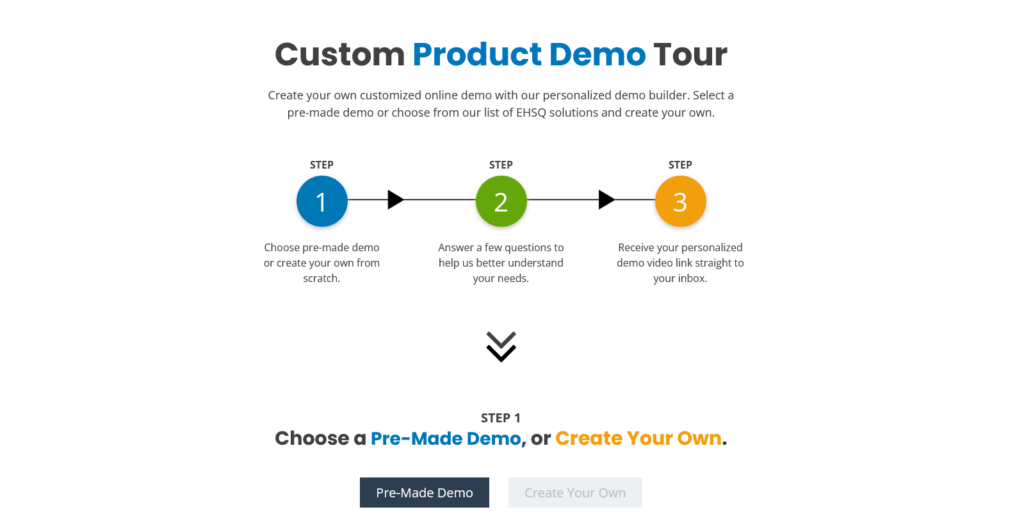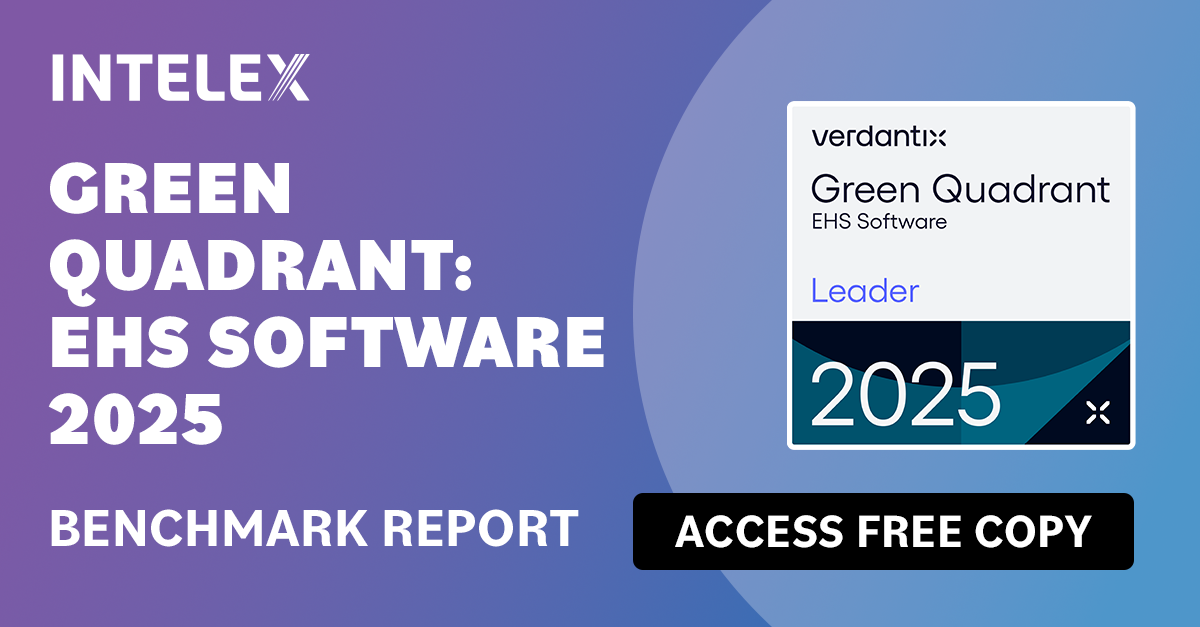How to Pick EHS Software
September 23, 2024
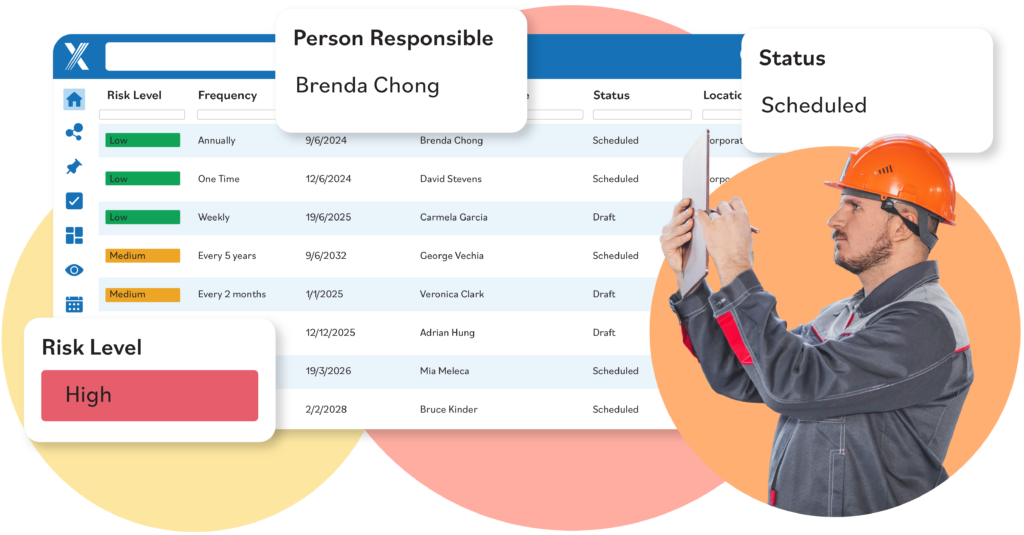
As an EHS professional, you have many responsibilities vital to preventing incidents and protecting lives. Managing priorities, especially in a growing organization, requires more than spreadsheets—it requires the right tools.
The right EHS software can address many common organizational challenges, including compliance and operational issues. It can also strengthen safety culture and empower your entire team.
Yet choosing the best platform can feel overwhelming. There are dozens of vendors and hundreds of features and applications.
Today, we’re going to show you how to pick EHS software that matches your organization’s needs.
Table of Contents
- State of EHS software in 2025
- Scalability and flexibility
- Integration capabilities
- User experience
- Reporting and dashboards
- Innovative technology
- Mobile accessibility
- Customer support and training
State of EHS software in 2025
Verdantix, an independent research firm, recently released its Green Quadrant report. The report is a fact-based comparison guide of the 21 most prominent EHS platform solutions on the market. The report laid out four key tips for companies choosing EHS software.
1. Match complexity to needs
Consider the complexity of the software requirements and what a ‘right-fit’ solution is. Think about your company’s size, industry, and locations to narrow down your choices.
2. Check module strengths
Most EHS software platforms have a suite of modules supported by underlying actions management, documentation, and business intelligence (BI) capabilities. More niche areas can vary from platform to platform. Be sure to research carefully if you need help with something specific.
3. Prioritize long-term fit
EHS software often involves decade-long relationships. Assess vendors’ roadmaps, product strategies, customer support, and organizational resilience. One often under-explored area by buyers is vendor partnership networks. Verdantix advises customers to quiz vendors on their partner network and understand the strength of their established relationships.
4. Look for self-configuration tools
Buyers want solutions that balance pre-configured workflows with easy customization. Top vendors offer graphical interfaces, drag-and-drop tools, and bulk change features like Excel templates to save time.

Where Intelex stands out
The Green Quadrant report recognizes Intelex as a top performer for EHS, risk, quality, and ESG for enterprise and mid-market customers.
Key highlights:
- #1 in Safety, Mobile, and Contractor Safety: Protecting people with real-time safety management, wherever they are.
- Ranked top 3 in multiple Capability categories: Including incident management, audits and inspections management, water and wastewater management, industrial hygiene, and management of change.
- 7th time in the Leaders Quadrant: Trusted by companies like Virgin Atlantic and Subaru to reduce risk and improve efficiency.
Read pages 40-41 for Verdantix’s full write-up of Intelex.
Scalability and flexibility
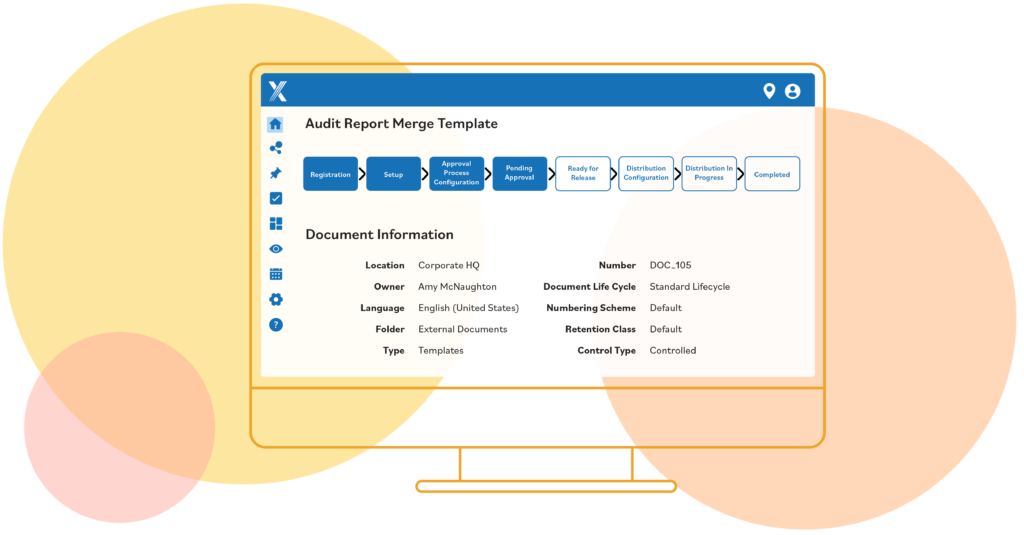
EHS programs don’t stay static. Your EHS software must grow with your organization, handling more users and data without losing performance. It should fit your unique workflows and scale as your needs evolve.
What to look for:
- Customizable workflows tailored to your specific EHS needs.
- Modular features you can add as your EHS management program evolves.
- Cloud-based solutions that offer scalable resources.
- Integration with ERP, HRMS, and other key systems.
Integration capabilities
Effective EHS management depends on seamless data flow. Integration capabilities ensure your software connects with tools like HR, ERP, and CRM to eliminate silos and enable accurate reporting on safety investments.
What to look for:
- APIs and pre-built connectors for popular enterprise software.
- Proven integration success stories.
- Flexibility to develop custom integrations as needed.
- Robust data infrastructure that can handle high-volume data transfer and reporting.
User experience
A clunky EHS management software slows adoption and reduces effectiveness. Frontline workers need intuitive tools that integrate with their daily activities.
Software that forces users to switch contexts, navigate confusing workflows, or is unavailable out of network range brings them out of the flow of work and inhibits their ability to be efficient with safety tasks.
What to look for:
- Simple, user-friendly navigation.
- Mobile-friendly interfaces for anytime access.
- Comprehensive training materials and support.
- Offline functionality to support remote operations.
Reporting and dashboards
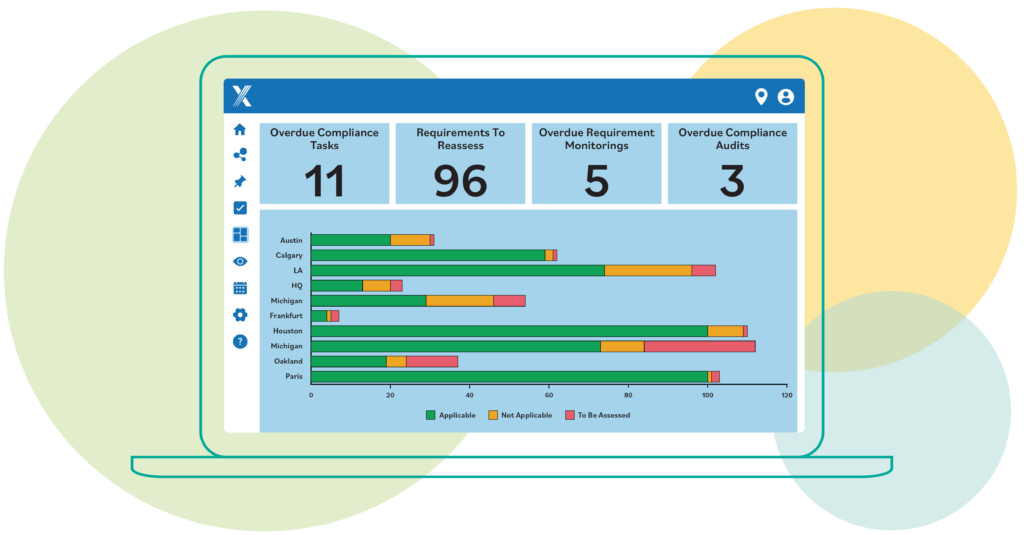
Compliance and reporting are the heart of EHS. Managing compliance manually is inefficient and risky. EHS software should make compliance tracking, reporting, and audits seamless and consistent.
What to look for:
- Automated compliance tracking.
- Customizable reporting templates.
- Easy documentation management with audit trails.
Innovative technology
EHS software that uses technology like AI or IoT can improve safety outcomes by identifying risks before they escalate and enhancing operational visibility.
Depending on your industry, business needs, and specific use cases, innovations like AI can analyze your safety program data to predict and prevent SIFs and other risks in your operations.
Real-time IoT integrations can help track equipment performance and log operational data in the EHS system for maintenance and audit purposes.
Computer vision solutions can leverage your existing CCTV infrastructure to look for near misses, ergonomic risks, and other unsafe behavior that might be missed through your existing reporting protocols.
What to look for:
- AI and machine learning for predictive insights.
- IoT integration for real-time monitoring.
- Cloud infrastructure for cross-enterprise data sharing.
- Computer vision to detect unseen risks.
Mobile accessibility
Managing EHS happens anywhere your business operates. Front-line workers and EHS managers need mobile tools to allow effective observation and reporting anytime, anywhere, with or without network connectivity.
Intuitive data capture tools should include geo-aware reporting of incidents, voice-to-text capabilities, and image capture for efficient and accurate incident and observation reporting.
What to look for:
- Intuitive mobile apps for incident reporting, auditing, inspections, and job safety analysis.
- Offline functionality for EHS data capture in remote areas.
- QR code scanning for quick access to documents, templates, and reports.
Customer support and training
Great software needs great support. Vendors should offer knowledgeable teams, training, and active user communities to maximize the value of your investment.
As with any SaaS solution, new capabilities will continue to be introduced, creating opportunities for training and support. Look for knowledgeable service and support teams who can train you for maximum value from the solution.
What to look for:
- Dedicated customer support teams.
- Regular training sessions and webinars.
- Active user community and support forums.
Key takeaways
Choosing the right EHS software means focusing on scalability, integration, user experience, compliance, innovative features, mobility, and support. By addressing these areas, your organization can strengthen its safety culture, improve compliance, and achieve operational excellence.
Want to see Intelex’s EHS software in action? Create a custom product demo tour in three simple steps.
